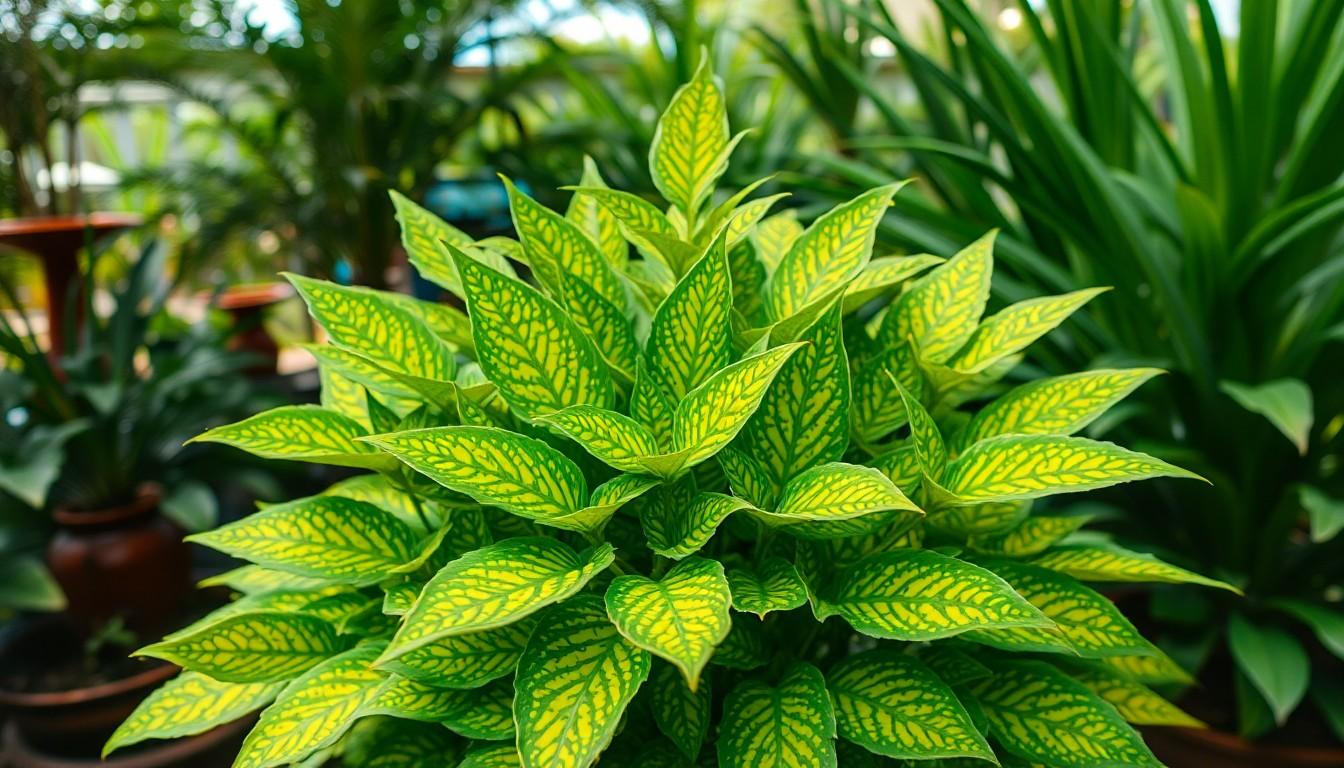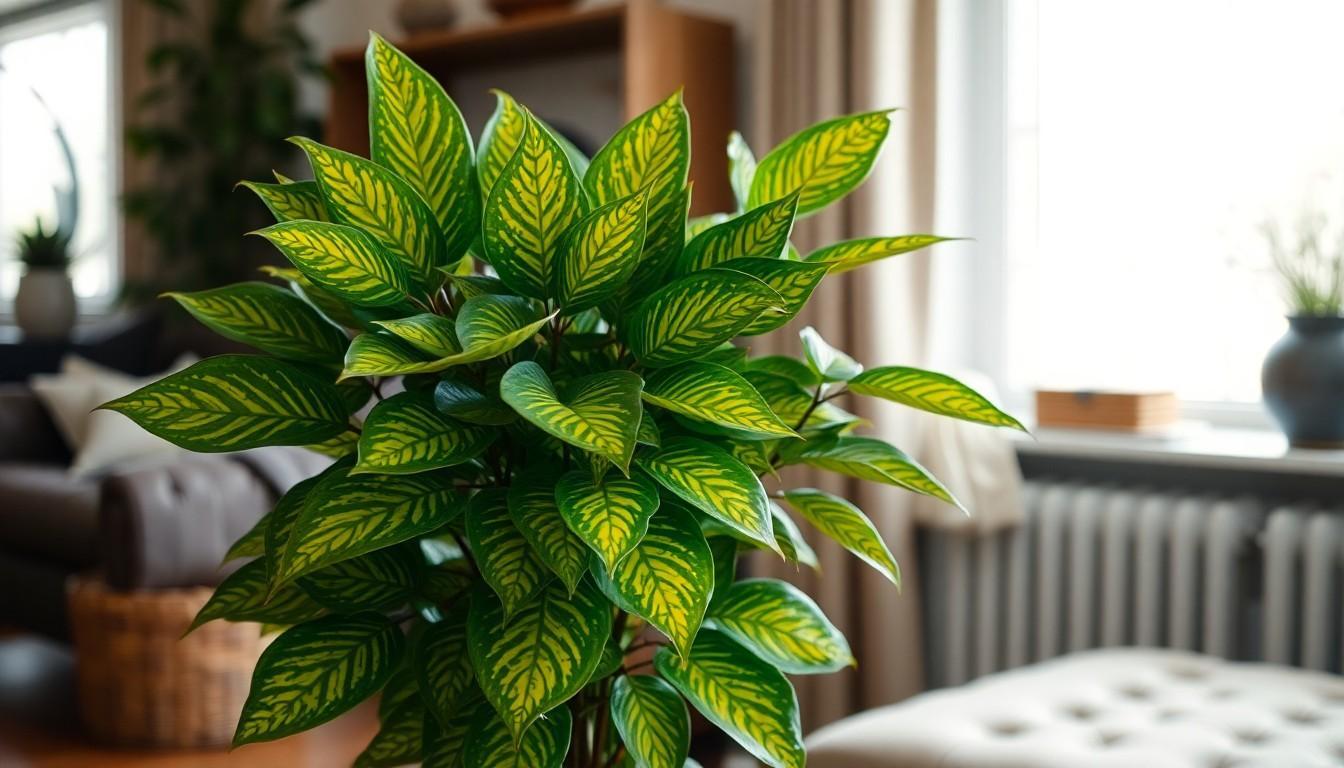If you think caring for houseplants is as easy as watering them and calling it a day, think again! Enter the gold dust plant, a vibrant beauty that’ll make your friends green with envy. With its dazzling foliage and unique yellow speckles, this plant is like the celebrity of the indoor garden world. But don’t let its glamorous looks fool you; it requires a bit of TLC to thrive.
Gold Dust Plant Care
The gold dust plant, scientifically known as
Aucuba japonica, features striking green leaves adorned with vibrant yellow speckles. Originating from East Asia, it’s cherished for its unique aesthetic appeal as well as its resilience. This evergreen shrub thrives in a variety of environments, making it a popular choice for both indoor and outdoor settings.
Typically, gold dust plants can grow between 3 to 10 feet tall, depending on their environment and care. They exhibit a bushy growth habit, and their glossy foliage adds life to dull spaces. The yellow spots on the leaves vary in size and distribution, giving each plant a distinctive look.
Gold dust plants prefer partial to full shade, which protects their leaves from sunburn. These plants flourish in well-drained, moist soil, showcasing their adaptability. Regular watering maintains soil moisture but avoids waterlogging, as root rot can occur with overwatering.
Fertilizing gold dust plants twice a year promotes healthy growth. Use a balanced, slow-release fertilizer to provide essential nutrients. Pruning in early spring helps maintain shape and encourages bushier growth.
In terms of pest management, gold dust plants are relatively resistant to common pests. Nonetheless, monitoring for spider mites and aphids remains beneficial. Treating infestations promptly with insecticidal soap ensures plant health.
Growth is often slower in low-light conditions. Providing adequate light levels encourages vigorous foliage development. In terms of temperature, they thrive in mild climates, preferring conditions between 60°F to 75°F. Protecting them from frost ensures longevity in outdoor gardens.
Light Requirements
Gold dust plants thrive best with proper light conditions. These plants adapt well to varying light, yet specific requirements ensure robust growth and vibrant foliage.
Ideal Sunlight Conditions
Gold dust plants prefer partial to full shade for optimal growth. Direct sunlight can scorch their leaves, causing damage. Bright, indirect light promotes healthy growth without risking sunburn. Indoors, placing them near a north or east-facing window offers adequate light levels. Outdoors, they flourish under the canopy of taller plants or in shaded garden spots. Consistent light conditions enhance their striking appearance, showcasing the vibrant green leaves and yellow speckles.
Signs of Insufficient Light
Insufficient light triggers noticeable changes in gold dust plants. Leaves may lose their vibrant coloration, appearing dull or faded. Slow growth reflects inadequate light exposure, limiting the plant’s overall vitality. Additionally, the plant may become leggy as it stretches toward a light source, indicating a desperate search for brightness. Yellowing leaves often signal stress, potentially linked to low light conditions. Addressing these signs promptly improves the plant’s health and aesthetics, ensuring robust foliage development.
Watering Guidelines
Watering plays a crucial role in maintaining the health of the gold dust plant. Monitoring moisture levels ensures the plant thrives without facing issues like root rot.
Proper Watering Schedule
Establish a consistent watering schedule for optimal growth. Water when the top inch of soil feels dry, typically every 1 to 2 weeks. During warmer months, frequency may increase, while cooler months may require less. Ensuring well-draining soil helps retain moisture without becoming soggy. Always check the drainage to prevent water accumulation.
Common Watering Mistakes
Overwatering poses a significant threat to gold dust plants. Excess moisture leads to root rot, which is detrimental to plant health. Underwatering also impacts growth, causing leaves to droop and become brittle. Avoid letting the plant sit in standing water. Watering in direct sunlight can scorch the leaves, so choose a shaded time. Recognizing signs of stress, such as yellowing leaves, prompts timely adjustments to the watering routine.
Soil and Fertilization
Gold dust plants thrive in well-drained soil that retains moisture without becoming waterlogged. A rich, loamy soil mix provides the right balance of drainage and nourishment.
Best Soil Types for Gold Dust Plants
Consider using a mix of potting soil and organic matter for optimal growth. A combination of peat moss, perlite, or coarse sand enhances aeration and drainage. Various commercial mixes designed for houseplants may also suffice. The pH level should remain slightly acidic to neutral, ideally between 6.0 and 7.0. Regularly checking moisture levels ensures the soil isn’t overly compacted, allowing roots to establish well.
Recommended Fertilizers
Fertilizing gold dust plants twice a year enhances their growth and vibrancy. Use a balanced, slow-release fertilizer with equal parts nitrogen, phosphorus, and potassium, such as a 10-10-10 formula. During the growing season, applying a water-soluble fertilizer every four to six weeks can further boost their health. Observing the plants for signs of nutrient deficiency, like pale leaves, can help determine if additional feeding is necessary.
Pest and Disease Management
Gold dust plants require monitoring for pests and diseases to ensure optimal health. Awareness of common threats can help maintain their vibrancy.
Common Pests to Watch For
Spider mites and aphids pose the most significant risks to gold dust plants. Spider mites appear as small webs, often under leaves, causing foliage damage. Aphids cluster on new growth, resulting in distorted leaves. Regular inspection helps catch these pests early, preventing extensive harm.
Preventive Measures and Treatments
Implementing preventive measures promotes a healthy growing environment for gold dust plants. Maintaining proper moisture levels deters pests, as dry conditions attract spider mites. Applying insecticidal soap or neem oil effectively treats infestations. Keeping the foliage clean enhances air circulation and reduces pest existence. Regularly checking for signs of stress, like yellowing leaves, assists in addressing issues swiftly.
Stunning Foliage and Resilience
Caring for a gold dust plant can be rewarding with its stunning foliage and resilience. By providing the right conditions such as adequate light moisture and proper soil, it can thrive beautifully in any space. Regular monitoring for pests and maintaining a consistent watering routine ensures the plant remains healthy and vibrant. With a little attention and care gold dust plants can flourish and add a unique touch to both indoor and outdoor environments. Embracing these care tips will help any plant enthusiast enjoy the beauty of this remarkable evergreen shrub for years to come.



